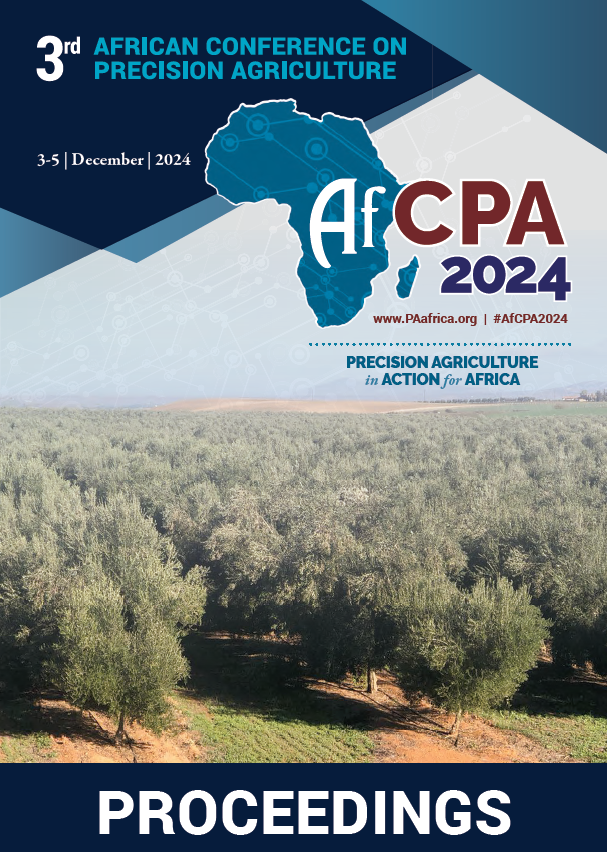Download the Conference Proceedings
Proceedings
Topics
| Filter results4 paper(s) found. |
|---|
1. A Call for Action: Implementing the African Certified Agronomy Advisory ProgramAgriculture remains the backbone of many African economies, providing livelihoods for millions while addressing food security concerns. However, productivity in the sector often lags due to various challenges, including limited access to modern agronomic practices and advisory services. In response to the pressing need for enhancing agricultural productivity and sustainability in African countries, it is imparative to establish a standardized extension training program at the continental leve... C. Engoke, S. Zingore, I. Adolwa, S. Njoroge, K. Majumdar, J. Mutegi, E. Mugi, |
2. Grain Yield and Nitrogen Uptake of Maize (Zea Mays L.) As Affected by Soil Management Practices and Their Interaction on Cambisols and ChernozemAlthough numerous factors contribute to wide yield gaps, low external inputs, particularly N, and poor cropping practices such as soil tillage and monocropping are among the major factors affecting low maize production. In view of this, field experiments were implemented on two sites with Cambisols and Chernozem soil types in two consecutive years to evaluate the impacts of different soil management practices on the grain yield and quality, nitrogen uptake and selected soil properties. A thre... A. Nigussie |
3. Effects of Adopting Fertilizer Management Practices on Yield in Maize-Based Systems of Embu County: an Instrumental Variable Regression ApproachFertilizers play an important role in maize production and global food security, contributing significantly to yield increases. However, continuous rise in fertilizer prices has resulted in inflated costs, leading to unaffordability and suboptimal utilization. Inefficient use by farmers has hindered yield potential and increased environmental risks. Additionally, farmers' limited knowledge and awareness of optimal nutrient requirements, timing, application rates, and placement techn... M. Gitau, R.A. Nyikal, , O. Kitonyo |
4. High-Throughput Field Phenotyping of Ascochyta Blight Disease Severity in Chickpea Using Multispectral ImagingAscochyta blight (AB) caused by Ascochyta rabiei (Pass.) Labr. is an important and widespread disease of chickpea (Cicer arietinum L.) worldwide. The disease is particularly severe under cool and humid weather conditions, leading to crop losses at all stages of chickpea growth. Screening for resistant cultivars remains the most effective, economical and ecological method of disease management. However, traditional phenotyping methods that relying on trained experts are... F. Ibn el mokhtar, S. Krimibencheqroun , , A. Harkani , H. Houmairi , O. Idrissi , E. Abdellah , E. Abdellah |
